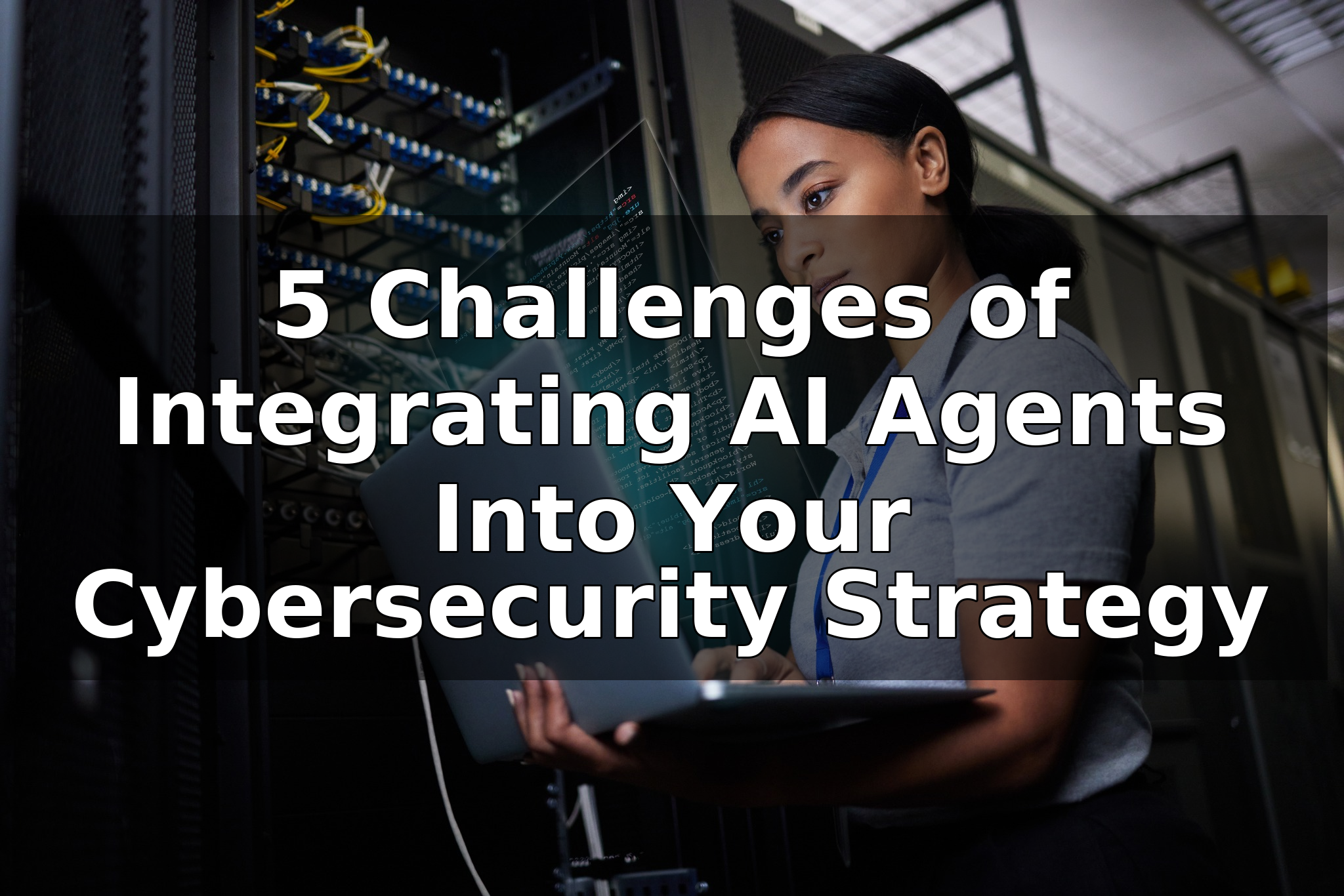Agentic artificial intelligence (AI) is starting to play a larger role in cybersecurity. These tools can scan threats and automate tasks that once took cybersecurity teams hours to complete. Businesses adopt agentic AI systems because of their fast responses and strong defenses. However, they can bring new risks that companies should be aware of to use them safely and effectively.
1. Trusting AI Decisions
AI agents move fast, but they are far from perfect. They can flag safe activity as dangerous or miss real threats, creating false positives and negatives. These results can cause teams to make mistakes that lead to outages or security gaps.
A 2024 Ponemon study found that organizations receive about 22,000 security alerts each week, and roughly 9,854 of them are false positives. That’s a lot of noise for any team, and it’s easy for important signals to get lost.
To prevent these mistakes from happening, keep people in the loop for high-priority actions. Set up what the AI can do independently, and what needs human approval. Then, test the agent with past incidents to see how often it’s right before trusting it with live decisions.
2. Navigating Risks in Data Input
AI agents learn from many emails, logs, support tickets and documents, but if that information is messy or contains the wrong instructions, AI models can make poor choices. A 2025 survey of small businesses found AI use fell from 42% in 2024 to 28% in 2025, with many owners pointing to complexity and accuracy as top concerns.
Attackers can even hide harmful prompts inside training datasets so the agent follows them by mistake. Therefore, AI may act on bad guidance or spread sensitive information by accident, which can be hard to recover quickly. Data leaks and harmful actions made by these agents are costly to small businesses, and many owners avoid AI in the first place because of these risks.
Reducing these risks requires limiting what the agent can read. By using only trusted data sources and filtering incoming text from strange patterns, people can ensure AI has the accurate information it needs to take the right actions.
3. Managing AI’s Access Keys
AI agents need accounts and keys to connect with a company’s email, cloud storage and security tools. If those keys are left open, an attacker can get one and walk through the same door the agent uses. That can let them read private files, change settings, or pretend to be the agent and make harmful changes. The more keys these agents access, the larger the attack surface becomes.
That’s why it’s important to give each agent the exact permissions it needs and no more. Use separate accounts for different agents and tools so a single stolen key can’t open everything. Another method is to prioritize short-lived tokens over long-lasting passwords. Because they automatically expire, short-lived tokens leave less room for hackers to exploit.
4. Keeping Track of AI’s Actions
A recent SailPoint report found that 82% of companies already use AI agents, but only 44% say they have policies to secure them. This gap reflects the challenges of tracking and maintaining oversight with AI integration.
Monitoring AI’s moves is important because cybersecurity personnel need to know the exact sequence of events to fix a problem when something goes wrong. Good logging means more than “the agent did X.” Professionals must capture what was asked, what the agent could see, their outputs and more.
Those records replay events and allow companies to learn how to prevent them next time. Therefore, storing logs in a secure place and ensuring they’re searchable is essential for the team to find relevant details during an investigation.
5. Addressing the Risk of Stolen Models
Some attackers may try to break in, while others copy what is already built. Bad actors can use tricks to learn about a model by watching for signals like how long a request takes and how a device’s power use changes. If they gather enough clues, they can rebuild a close copy of an organization’s model or learn private training data.
Attackers constantly find new ways to use AI for scams and misuse, and many of them involve repurposing AI techniques to target companies and users. This means attackers are becoming more clever with smart models, and if they learn how to steal one, companies can lose product advantage and have their private data exposed.
To reduce risk, keeping the most valuable models in places where attackers can’t easily measure them is key. They should live on protected servers behind strict access controls so attackers gain as little useful information as possible.
Make AI Agents Tools, Not Wildcards
AI agents can help teams find threats faster and do repetitive tasks, but they also bring new risks if left unchecked. When treated like important tools, AI agents can become a strong partner in security instead of a surprise problem.
As the Features Editor at ReHack, Zac Amos writes about cybersecurity, artificial intelligence, and other tech topics. He is a frequent contributor to Brilliance Security Magazine.
.
.
Follow Brilliance Security Magazine on LinkedIn to ensure you receive alerts for the most up-to-date security and cybersecurity news and information. BSM is cited as one of Feedspot’s top 10 cybersecurity magazines.


